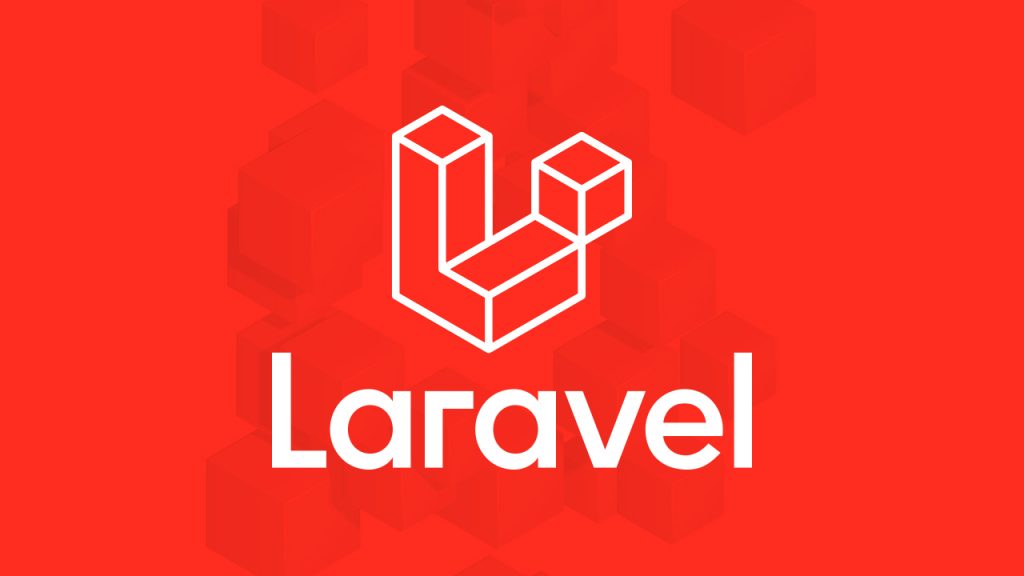Future of Laravel: A Glimpse into Tomorrow’s Web Development Landscape
In the ever-evolving realm of web development, frameworks play a pivotal role in shaping the way developers create, deploy, and maintain applications. Laravel, a PHP web framework. It has emerged as a frontrunner in this landscape, offering an elegant and expressive syntax that has garnered a dedicated community of developers. As we peer into the horizon of technological advancements, it’s intriguing to speculate about the future of Laravel and how it will continue to shape the way we build web applications.
A Brief Look Back
Before diving into the future, let’s take a quick look at the journey of Laravel. Taylor Otwell created Laravel in 2011. It was designed with the goal of making web development an enjoyable and creative experience. Its elegant syntax, comprehensive documentation, and a wide range of features quickly propelled it into the spotlight.
One of the defining features of Laravel is its commitment to staying current with the latest industry trends and best practices. From the introduction of Eloquent ORM for database interactions to the incorporation of Blade templating engine for efficient UI rendering, Laravel has continuously adapted to meet the needs of modern web development.

The Future Unfolds: What to Expect
1. Microservices and API-Centric Development
The future of Laravel is likely to be heavily influenced by the growing trend of microservices and API-centric development. As applications become more complex and interconnected, Laravel is expected to provide even more robust tools for building and consuming APIs. This could involve enhanced API resource management, better support for OAuth and JWT authentication, and streamlined methods for handling API rate limiting and versioning.
2. Real-Time and Reactive Applications
With the increasing demand for real-time user experiences, Laravel is likely to embrace the concept of reactive programming more deeply. Integrating technologies like WebSockets through packages like Laravel Echo and broadcasting events using tools like Pusher has already set the stage for Laravel’s evolution in this direction. The future could hold further enhancements in real-time data synchronization, enabling developers to create dynamic and interactive applications.
3. Serverless and Cloud Integration
As serverless architecture gains momentum, Laravel could potentially integrate more seamlessly with serverless platforms like AWS Lambda or Google Cloud Functions. This would allow developers to focus more on code and functionality while abstracting away the infrastructure management aspects. Moreover, deeper integration with cloud services could lead to enhanced scalability, reduced maintenance overhead, and improved deployment workflows.
4. Artificial Intelligence and Machine Learning
The infusion of artificial intelligence and machine learning capabilities into web applications is a trend that’s only gaining momentum. Laravel might integrate with AI/ML libraries and tools, empowering developers to build smarter applications with predictive analytics, natural language processing, and image recognition. Imagine a Laravel-powered application that can analyze user behavior and adapt its features accordingly.
5. Enhanced Developer Experience
Laravel has always put developer experience at the forefront, and this is unlikely to change in the future. We can anticipate continued efforts to enhance developer productivity and satisfaction. This might involve more advanced code generation, improved debugging and profiling tools. Even tighter integration with popular code editors and IDEs.
6. Security and Privacy Focus
With the growing emphasis on data privacy and security, Laravel’s future iterations will likely incorporate even more robust security features. This could encompass stronger encryption methods, automatic vulnerability scanning, and built-in tools for handling compliance with data protection regulations.
7. Internationalization and Localization
As applications reach a global audience, the need for internationalization (i18n) and localization (l10n) becomes more crucial. Future Laravel versions might streamline the process of translating applications, managing localized content, and adapting the user interface to various languages and regions.
8. Sustainability and Community Involvement
A critical aspect of Laravel’s future lies in its community and sustainability. The Laravel community is vibrant and active, and its continued involvement will shape the framework’s evolution. Laravel is likely to focus on maintaining a healthy balance between innovative changes and backward compatibility to ensure that developers can migrate smoothly and continue to benefit from new features.
Conclusion
The future of Laravel is bright and promising, with a multitude of possibilities waiting to be explored. As the web development landscape continues to evolve, Laravel’s adaptability and commitment to empowering developers are expected to remain its core strengths. From embracing microservices and real-time capabilities to integrating AI/ML and enhancing security, Laravel is set to be a driving force in shaping tomorrow’s web applications.
As developers, we can look forward to a future where Laravel continues to simplify and enrich our development experiences. Also enabling us to bring our creative visions to life in an increasingly interconnected and dynamic digital world. So, whether you’re a seasoned Laravel enthusiast or a developer just stepping into its ecosystem. The future of Laravel holds exciting opportunities for innovation, collaboration, and growth.
